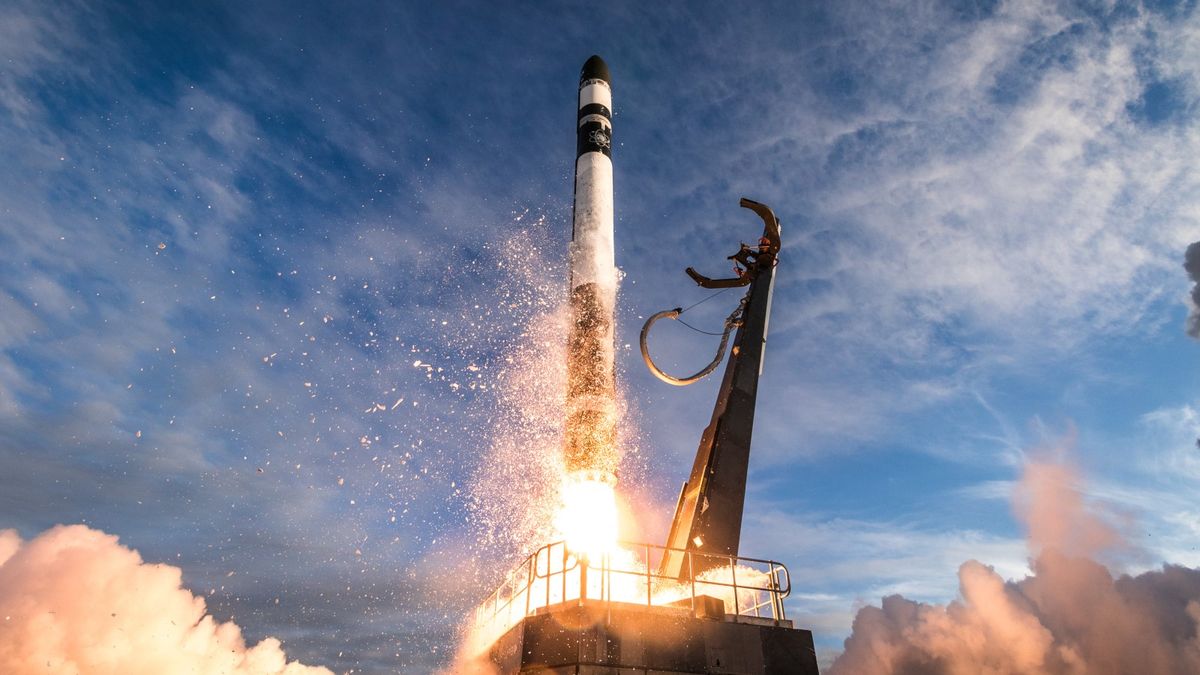ARTICLE AD BOX

WASHINGTON — As military operations increasingly depend on rapid and resilient communications across multiple domains, satellite operators are racing to provide not just bandwidth, but smarter ways to use it.
Under a new contract with the Pentagon’s Defense Innovation Unit (DIU), satellite communications provider SES Space & Defense plans to demonstrate a software platform that would make it easier for users to access and manage bandwidth from multiple satellite networks across orbits.
The company, a U.S.-based subsidiary of Luxembourg’s satellite operator SES, developed a system called Secure Integrated Multi-Orbit Networking (SIMON) — a network orchestration technology designed to route data through a mix of commercial and government-owned satellites in low, medium and geostationary Earth orbits.
So-called multi-orbit networks are increasingly sought by the military as it faces sophisticated electronic warfare and anti-satellite threats.
Beyond bandwidth
SES, which operates a fleet of more than 40 geostationary (GEO) and 28 medium Earth orbit (MEO) communications satellites, is a longtime supplier of satellite communications services to the Department of Defense. The company now sees its competitive advantage shifting from raw capacity to intelligent network management.
The issue for the industry now is that there is lots of satellite capacity and now needs to give military customers better tools to leverage that capacity, said David Fields, president and CEO of SES Space & Defense, in an interview with SpaceNews.
Fields noted that satellite communications has essentially become commoditized. “And you see that in the amount of capacity that’s being deployed… Everybody’s deploying large amounts of capacity. And that’s great for our industry. It’s great for our customers,” he added. “They have choices, but how can you orchestrate all that capacity? And that’s what we’re really focused on.”
This pivot comes as traditional satellite communications providers face unprecedented competition from newer entrants like SpaceX’s Starlink, which has rapidly deployed thousands of satellites in low Earth orbit and gained traction with military users due to its low latency and widespread availability.
Rethinking PACE methodology
The SIMON technology aims to provide an alternative to the military’s traditional PACE (Primary, Alternate, Contingency, and Emergency) methodology for communications resilience.
Under PACE, military units planning operations must establish redundant communication pathways, with the primary being the most reliable and preferred method, followed by alternate, contingency, and emergency options as backups. Each communication method is designed to be as independent as possible from the others, ensuring that if one fails, the others remain viable.
More modern “Auto-PACE” systems have aimed to automate these transitions, but according to Fields, SIMON represents a more comprehensive solution specifically designed for contested environments to dynamically assess available satellite resources across multiple orbits and providers, then route communications through optimal pathways in real-time as conditions change.
‘Hybrid space architecture’
The SIMON contract is part of DIU’s broader initiative to build what it calls a “hybrid space architecture.” This program aims to leverage commercial satellites and infrastructure alongside government assets to deliver battlefield data faster and more securely to military users.
SES will attempt to demonstrate uninterrupted data transmission using its SIMON orchestration software by connecting commercial and government networks.
Fields said this integration could prove particularly valuable as the Pentagon increasingly relies on a mix of purpose-built military satellites and commercial services.
For the Pentagon, the goal is to give units — operating in areas where communications might be jammed, cyber-attacked, or degraded by environmental factors — capabilities to seamlessly transition between different satellite systems without having to manually reconfigure equipment.
Sandra Erwin writes about military space programs, policy, technology and the industry that supports this sector. She has covered the military, the Pentagon, Congress and the defense industry for nearly two decades as editor of NDIA’s National Defense... More by Sandra Erwin

 9 hours ago
2
9 hours ago
2









 English (US) ·
English (US) ·